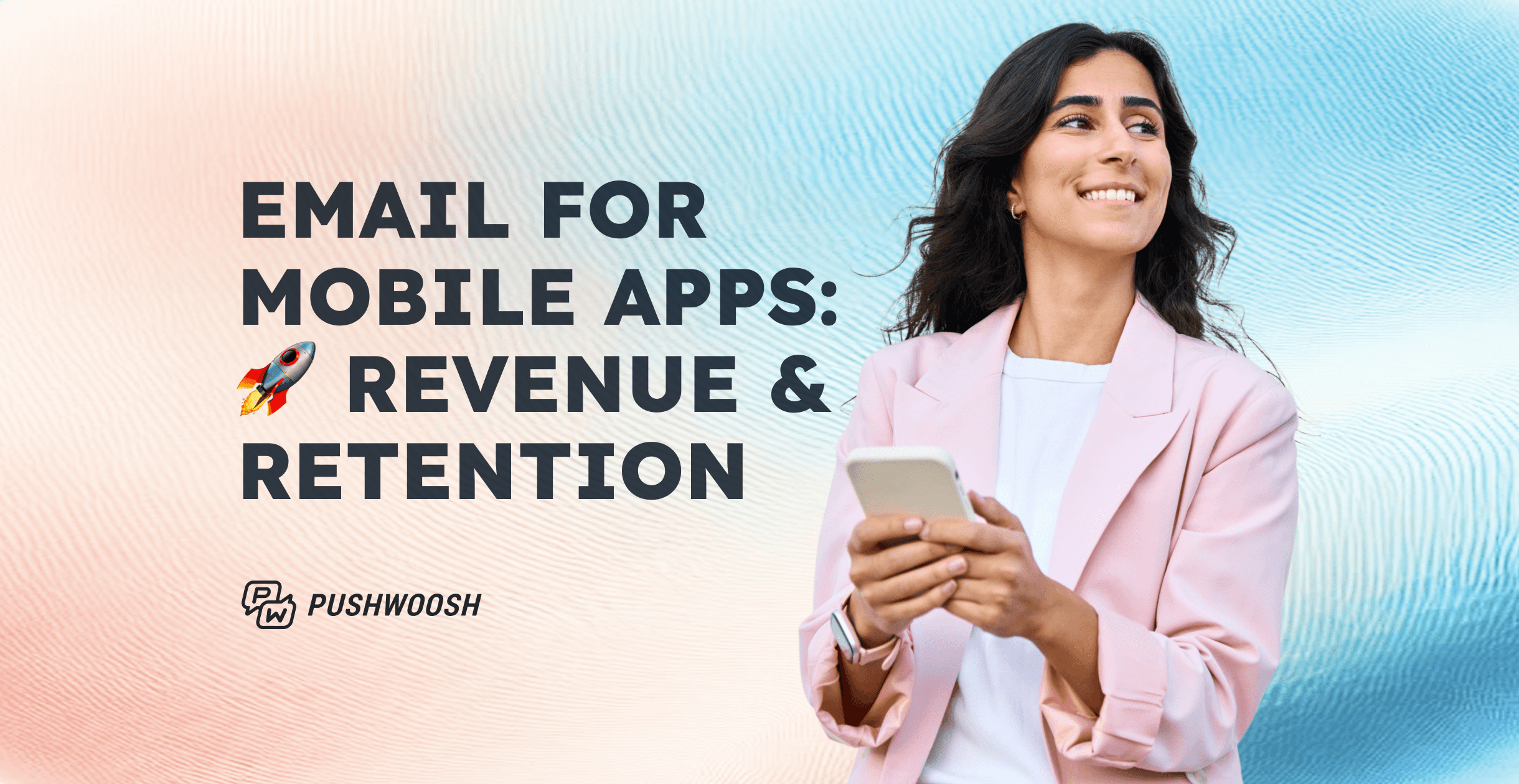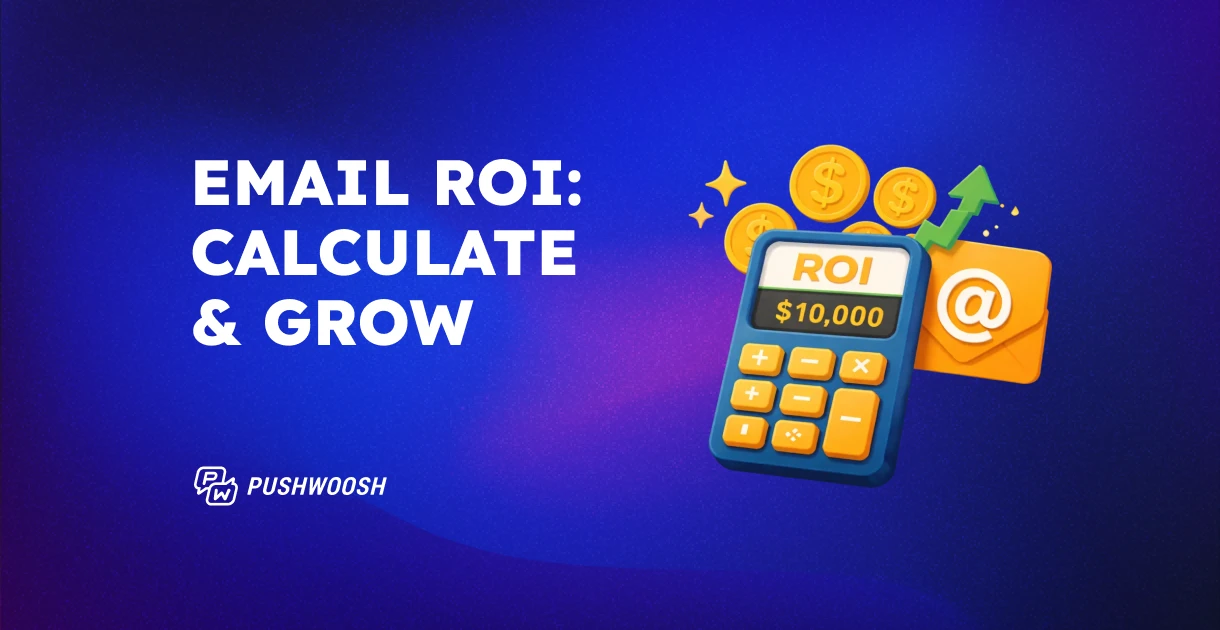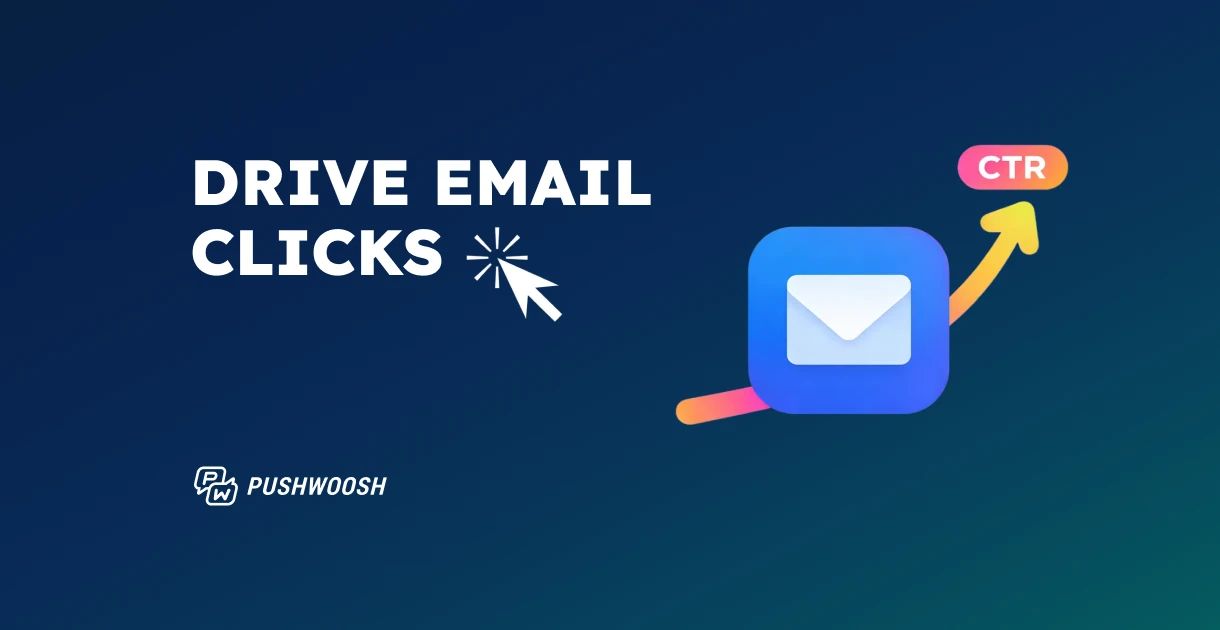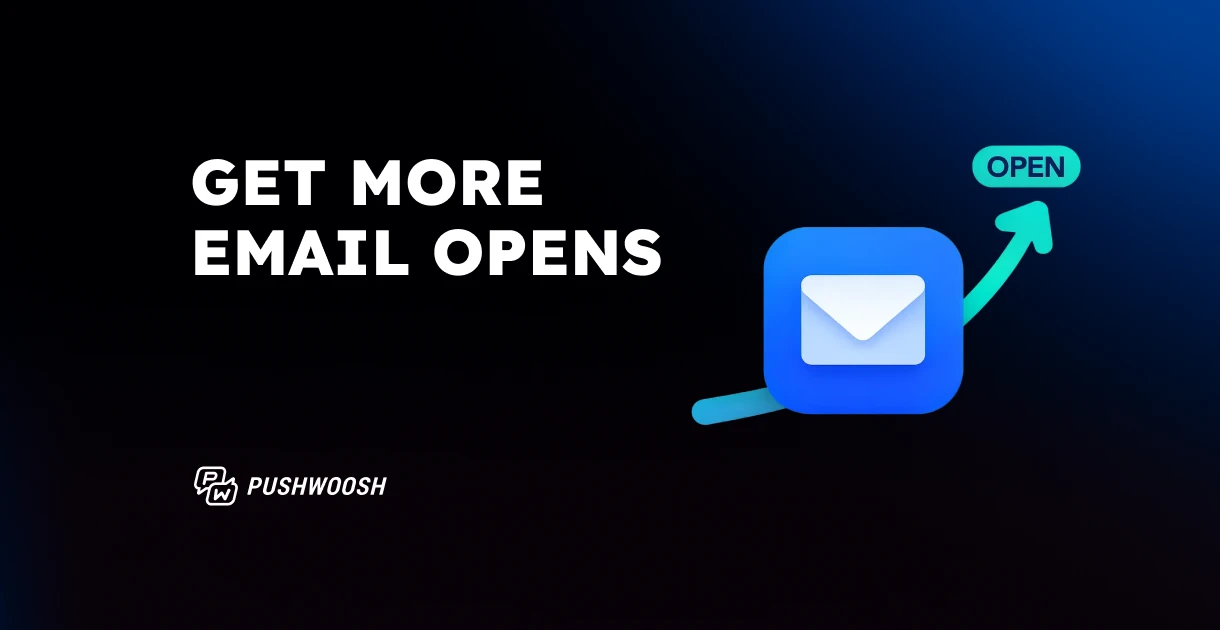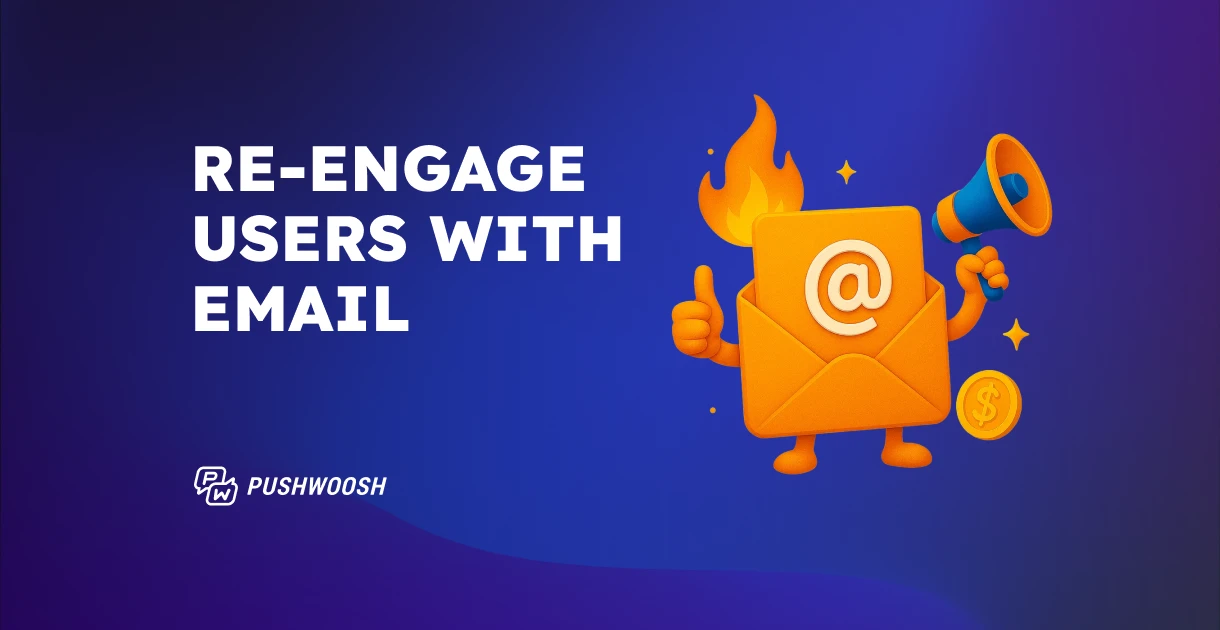Email marketing for mobile apps: Boost retention and revenue with omnichannel strategies
If you think email is outdated for mobile apps, think again. With an average ROI of $47 per $1 spent, the problem may not be with the channel itself, but rather with how it is integrated into your overall stack.
We’ve worked with mobile apps across gaming, fintech, e-commerce, and media, and seen one thing that sets the most successful teams apart: they don’t treat email as a standalone tactic. They integrate it into an omnichannel approach that’s data-driven, timely, and personalized—built to engage users at the right moment and drive long-term value.
Email in mobile app marketing: Do you really need it?
The mobile app world is ruled by push notifications and in-app messages that grab attention instantly. In comparison, email might seem like the less exciting option. But when it comes to engagement that actually converts, email still pulls significant weight, often outperforming the alternatives.
Email open rates are generally higher than those for push notifications. For example, an average email marketing open rate can go up to 42.35%, while push notifications often struggle to reach 3%.
Not only are emails more likely to be opened, they also offer more room for context, storytelling, and clear CTAs, making them a stronger driver of meaningful action when the goal goes beyond a quick click.
Benefits of email marketing for mobile apps
- Higher engagement: Email complements push, in-app, and SMS by reinforcing key messages across touchpoints, leading to stronger, more consistent user response.
- Improved targeting: Combining email with behavioral data from other channels allows for more precise segmentation and personalization of content.
- Better timing: Multichannel logic lets you follow up via email when users ignore a push or miss an in-app message, maximizing message delivery without overloading any channel.
- Increased user retention: Coordinated journeys help you nurture users through onboarding, re-engagement, and conversion flows more effectively than email alone.
- Cost efficiency: Email is more budget-friendly than SMS and reaches churned users who can’t be targeted through push, increasing ROI when used strategically within a broader engagement mix.
When to use email for mobile app marketing for the best results
1. Re-engaging churned users to foster loyalty
When a user has uninstalled or hasn’t opened your app in weeks, push and in-app messaging are no longer options. Email becomes your only direct line to bring them back. Whether it’s a personalized incentive, a reminder of what they’re missing, or an update on what’s new, email can reignite interest.
🎮 Example: Gaming
The challenge: Users often drop off after the first session or uninstall the game quietly. Push alone can’t reach them anymore, and a generic “we miss you” email rarely works.
What to do: Start with a push notification triggered by inactivity (e.g., 3 days without opening the app). If the user doesn’t return, follow up with a timely email featuring a summary of what they’ve missed (“Your clan battled without you!”) or a new reward unlocked just for them.
How Pushwoosh helps: Real-time event triggers, segmentation by last app activity, and unified orchestration let you set this up without custom code. You can easily create a re-engagement flow that combines push and email with precise targeting and built-in A/B/n testing.
2. Onboarding new users for maximized engagement
First impressions matter. A well-designed onboarding email sequence helps reinforce the value of your app after download, especially when users haven’t yet opted into push or aren’t engaging in-app. It’s a chance to guide them through key features, explain how to get started, and keep your brand top-of-mind while they’re forming habits.
💱 Example: Fintech
The challenge: New users download the app but don’t complete onboarding—maybe they don’t connect their account, verify their ID, or explore key features. They may not have enabled the push notifications yet, so what’s the best way to reach them?
What to do: Start with an in-app message that explains the next step (e.g., “Link your bank account to get personalized insights”). If the user skips it, trigger an email within the hour that expands on the benefit, offers reassurance, or walks them through the step-by-step process.
How Pushwoosh helps: Reachability checks automatically identify users who can be reached by a specific channel and offer a fallback option for those who can’t. Later, you can trigger follow-ups based on specific actions, or lack thereof, thanks to behavioral segmentation. This way, you ensure that users who miss an in-app prompt still receive a helpful nudge via email, increasing completion rates and speeding up time to value.
3. Driving monetization beyond the app
Email is ideal for product roundups, abandoned cart reminders, limited-time offers, and reactivation campaigns. Unlike short-form channels, email gives you the base to build a case for action and the targeting capabilities to deliver the right message at the right stage in the customer journey.
🛍️ Example: Retail
The challenge: You want to run a limited-time offer but don’t want to spam your entire user base. Sending the same message via push and email to everyone often leads to poor engagement and higher opt-outs.
What to do instead: Start with a push notification to your most active users, segmented by recent purchase behavior. If they don’t open, follow up 6 hours later with an email with more details—product images, reviews, and a clear expiration timer. For users who are more responsive to email than push (based on past behavior), skip the push and go straight to the inbox.
How Pushwoosh helps: Use past engagement history to build dynamic segments—who clicks email vs. who responds to push. Additionally, you can rely on RFM segmentation to identify the most engaged groups to participate in the promotion. No need to toggle between tools—Pushwoosh unites push, email, and in-app messaging under one logic, with detailed analytics to optimize each touchpoint.
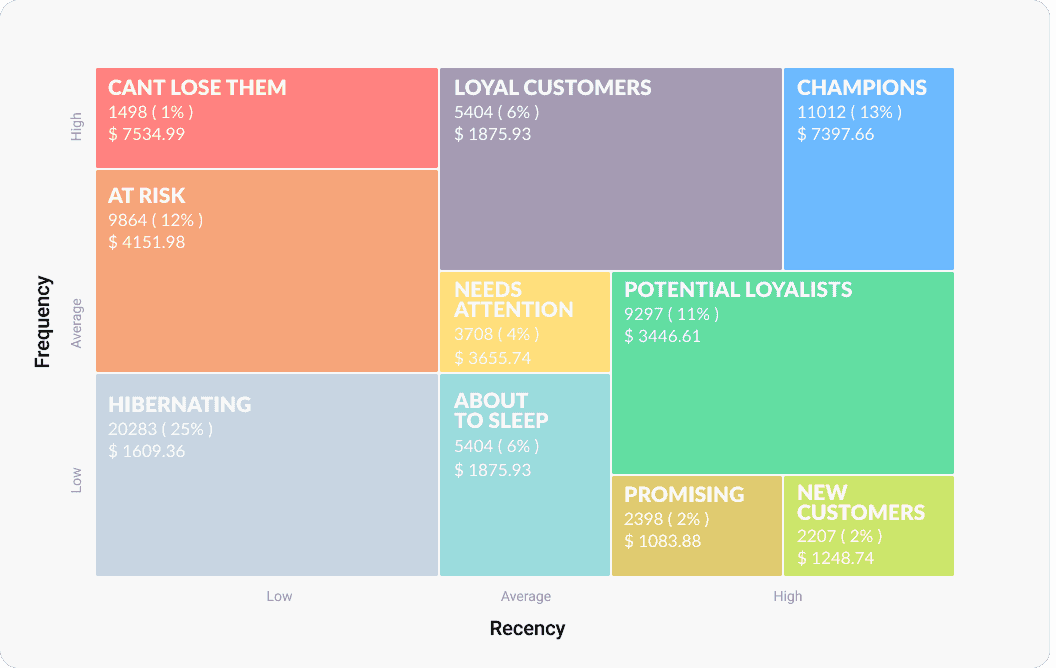
Where most mobile apps teams go wrong: Common email marketing challenges
You’re probably not ignoring email completely (after all, it’s readily available and cost-effective). But you’re likely not getting the results you hoped for. The good news is that it’s not you or your stack or the effort you put in. It’s a misalignment in how to use those tools in a way that would benefit your broader engagement strategy.
Here are the most common issues we see in our customers’ experience:
- Disconnected messaging across channels
Email campaigns are often left as an afterthought compared to other channels. As a result, users might get hit with a push about a promotion, an email with unrelated content, and an in-app message that repeats what they’ve already seen, creating a fragmented experience.
- One-size-fits-all emails and poor segmentation
Many teams rely on broad audience lists and generic messaging. The outcome? Low engagement, high unsubscribe rates, and users who stop paying attention altogether.
Segmentation based only on demographics is too generic. What you need instead is behavior-based personalization that reflects what users are doing in your app specifically.
- Limited automation or overly rigid workflows
Many email tools still aren’t built with mobile apps in mind. You end up with rigid workflows that don’t adapt to real-time behavior. If your automation can’t trigger messages based on in-app activity or quickly test and iterate on different journeys, it becomes more of a bottleneck than a growth lever.
- Developer time wasted on tool integration
Many teams juggle multiple tools—one for email, another for push, yet another for analytics—and rely on internal developers to stitch them together. It’s time-consuming, fragile, and nearly impossible to scale.
How to optimize your email marketing campaign for omnichannel success: practical tips & best practices
Email marketing becomes far more powerful when aligned with your app’s engagement goals—and your users’ expectations. Timing, content, and orchestration make all the difference.
✅ Segment by behavior, not just profile, to personalize the content of your emails based on in-app actions, preferences, and engagement patterns—not just demographics.
✅ A/B/n test subject lines and CTAs to find the perfect match between the email and the recipient.
✅ Trigger emails based on user behavior for a timely and more engaged user experience.
✅ Include deep links to specific screens in the app to help users resume their journey exactly where they left off to remove friction and drive conversion.
✅Pay attention to your message frequency, not to overwhelm users and become spammy.
✅Choose the best timing not only according to your users’ timezones, but also their activity and usage patterns.
One tool—better results
Email works best when used alongside other communication channels, like push notifications, in-app messages, SMS, or WhatsApp. The highest-performing mobile apps treat email as one step in a carefully timed, cross-channel experience.
Unified tools can create a smoother, more personalized user experience.
For example, instead of blasting a discount code via email, send a push first, then email only to those who didn’t engage with it, without overwhelming the user.
Many mobile app teams try to piece this kind of orchestration together using Mailchimp for email, a separate push provider, and maybe an in-house system for in-app prompts. But that creates friction—manual work, data silos, inconsistent messaging.
Pushwoosh eliminates complexity by providing a single platform built for mobile engagement, with:
Real-time event-based triggers
Behavioral and predictive segmentation
REST API for flexible integration
Multichannel automation flows with built-in A/B testing
Clear analytics across all channels
Book a personal demo to see how it can be tailored to your specific needs!
FAQ
What is email marketing for mobile apps?
Email marketing for mobile apps is a strategy used to engage, retain, and convert app users by sending targeted emails based on user behavior, preferences, or lifecycle stage. It includes onboarding emails, re-engagement campaigns, product updates, promotional offers, and transactional messages.
When integrated with push notifications, in-app messages, and SMS, email marketing helps mobile apps deliver personalized, omnichannel experiences that drive higher user retention and revenue.
Is email effective for mobile app retention?
Yes, email is highly effective for mobile app retention when used strategically. It allows apps to re-engage inactive users, guide new users through onboarding, and deliver personalized content based on user behavior. Email reaches users even after they stop opening the app or disable push notifications, making it a reliable channel for bringing them back.
How do I integrate email with push notifications in my app?
To integrate email with push notifications in your mobile app, use an omnichannel marketing platform that supports both channels under one system.
Tools like Pushwoosh allow you to create automated workflows where email and push notifications work together (e.g., sending a push first, then triggering an email if the push isn’t opened). Integration involves setting up behavioral triggers, using real-time data to personalize messages, and ensuring consistent user journeys across channels.
What’s the best email marketing platform for mobile apps?
The best email marketing platform for mobile apps is one that supports omnichannel communication, real-time automation, and behavioral segmentation.
Pushwoosh is a leading choice for mobile apps because it combines email, push notifications, in-app messaging, SMS, and WhatsApp into a single platform. It allows you to create personalized user journeys, trigger emails based on in-app actions, and analyze cross-channel performance—all without relying on multiple disconnected tools. This makes it ideal for app marketers looking to improve engagement, retention, and ROI.




